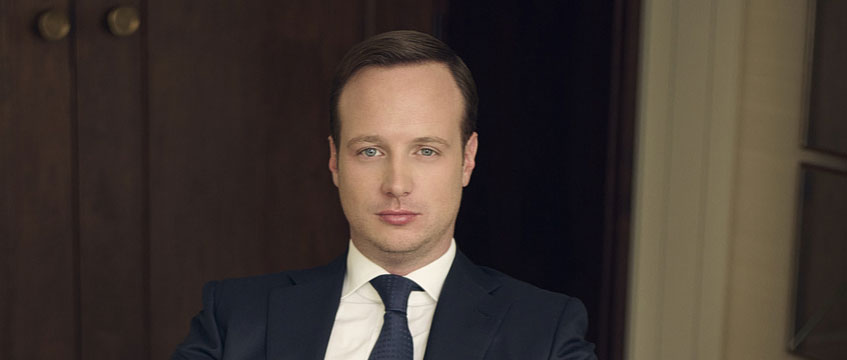COMMENT Last year was a year of change and significant uncertainty across the globe. More than 1.6bn people in over 70 countries went to the polls, and key players on the world economic stage including the UK, the US, Japan, India and the European Parliament were on the threshold of new dawns.
Many real estate market analysts had predicted that the sector would struggle in terms of large acquisitions and a volatile market. However, 2024 wasn’t all doom and gloom. In London, the year had its moments of glory with some major transactions taking place, such as Blackstone swooping on New Bond Street and Moody’s making a headline move to Gresham Street. These landmark deals are beneficial for everyone, including smaller operators like ourselves, as the positive ripples and confidence they create soon spreads.
Following a challenging year, the economy is now showing signs of recovery. The introduction of the Labour government has restored confidence in many areas of the market, especially among foreign investors looking for investment opportunities in London.
Shift changes
As interest rates continue to fall, the cost of finance will be much more favourable for those looking to acquire commercial property in prime central London. The shift changes in businesses encouraging and incentivising employees to return to the office more regularly, especially in big cities, will also see an increased demand for quality, sustainable office space.
Highlighting this, JLL’s Future of Work Survey pointed to a more stabilised hybrid working pattern in London, with 44% of people surveyed working all five days in the office, 42% working three or four days, and only 9% working one to two days.
Many investors are moving their attention away from just prime “ready to go” commercial property and looking at value-add opportunities, including renovations and dividing up larger sites into flexible office spaces. Those with in-house development capability can flourish here. These assets will perform very well in 2025 and beyond, given the change in demand from businesses and their employees.
Experienced investors who have a solid understanding of the prime central London market will have plenty of opportunities to grow their portfolios, providing they are willing to sit and wait for long-term returns on their investments.
Greenest buildings
As the UK moves closer to the deadline of meeting the government’s ambitious net-zero targets before 2030, we expect to see a lot of underperforming office buildings come to market.
These assets will provide a perfect opportunity for investors to acquire and retrofit buildings to bring them up to a high standard in terms of energy efficiency and sustainability. The Department for Energy Security and Net Zero has previously acknowledged the need to clarify the trajectory of minimum energy efficiency standards for both commercial and domestic buildings, and has promised to publish a full report in 2025 following its consultations.
We are anticipating this to continue creating opportunities to retrofit buildings, repurposing and rejuvenating them rather than developing new ones from the ground up, something which W.RE has done incredibly well at its landmark Arding & Hobbs transformation in Battersea. As renowned architect and urbanist Carl Elefante famously says: “The greenest building is the one that is already built.”
Overall, 2025 looks set to be a positive year for commercial real estate in central London, driven by an improved economy, strong appetite from UK and foreign investors, and high market confidence as the workforce returns to the office. Unica Capital will continue to execute its strategy of acquiring high-performing commercial assets in prime postcodes, growing our investment portfolio with a focus on long-term growth and stability. While timing the market is important, time in the market is also key.
Byron Baciocchi is chief executive at Unica Capital
Photo © Unica Capital
Share your feedback











